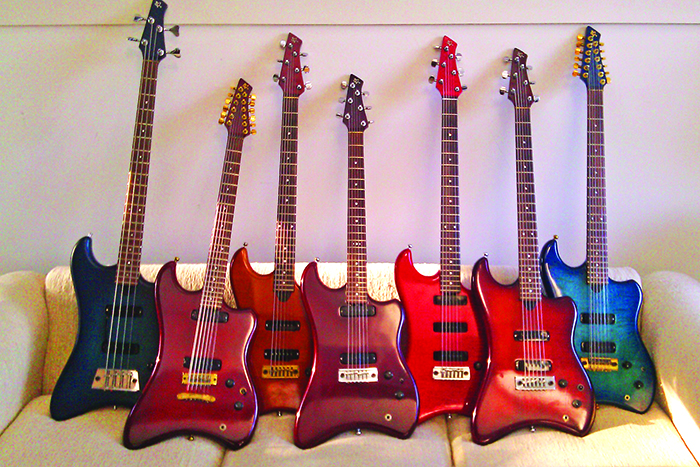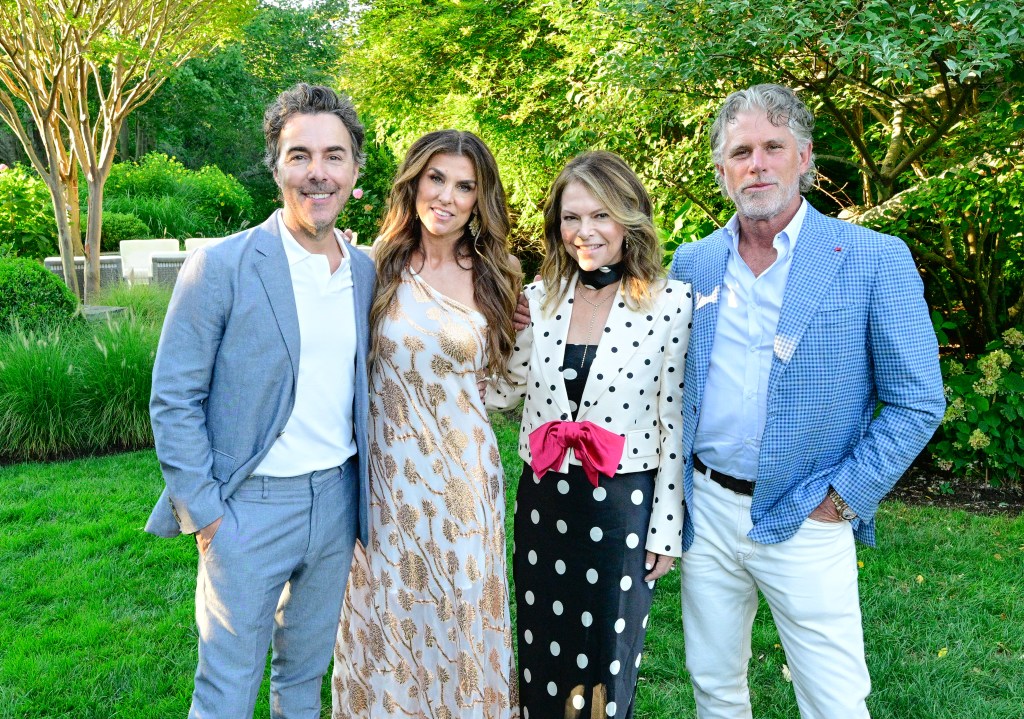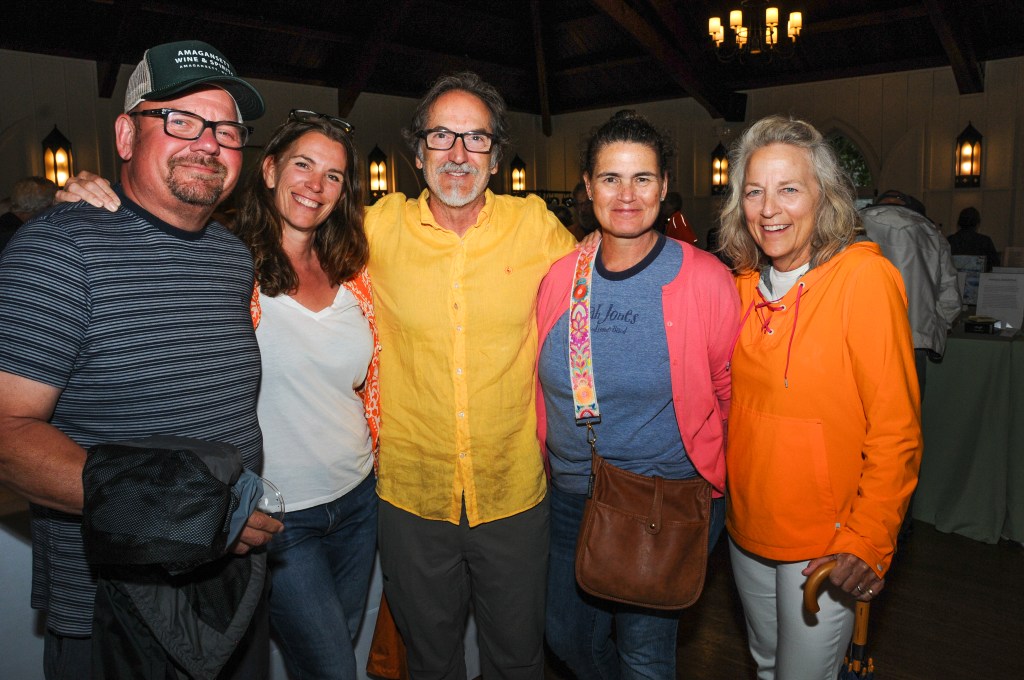East End Collector Randy Hudson Shows Off His Guitars

Perhaps you’ve had the experience of going to a rock concert and finding that the bandstand is seemingly covered with electric guitars. As the concert begins, you see the guitar player strapping on a different guitar every few songs—sometimes without much effect on the sound, as far as you can tell. And, as you continue to pay attention to it, you notice that before the evening is over the guitar player has somehow managed to use every guitar arrayed on the stage. And perhaps your response to this display of guitar juggling is to ask, “Why all the guitars?”
East Hampton guitarist Randolph Hudson III has an answer. “I consider them like crayons in a box,” Hudson says. “None of them is redundant.” Hudson collects electric guitars—he has close to 50 of them, some of them quite rare—and he’s known for showing up to gigs and recording sessions with any number of guitars drawn from his collection, selected to get just the right tones. “Even if there are two identical guitars, one will be tuned differently or strung differently for specific colors,” he explains.

One way of thinking about the history of rock music is to consider the evolution of the sound of the electric guitar from the ’50s through the ’70s, over which period of time the one size fits all, generic “electric guitar” tone gave way to an almost endlessly varied, expressive and powerful palette of tone colors. In the process, the electric guitar became capable of supporting a wider range of emotions in the music. So that now, even if you can’t quite put your finger on it, the electric guitar juggler up on that stage is able to create different moods with different instruments.
Understanding this, Hudson approaches his collection armed with an encyclopedic knowledge of how different specific guitar tones can be achieved. This is clearly the product of a nearly lifelong obsession, which started when he got his first guitar at age 13. “I had a Guild Starfire, a great guitar which I gave away,” Hudson recalls. “Then I got a Gibson SG, which I bought new on 48th Street. But I sold it when I went to college.” Hudson attended Berklee College of Music, studying arranging and composing, during which time he took a hiatus from electric guitar.
In more recent years, Hudson has become a connoisseur of the baritone electric guitar, a fairly exotic instrument that’s designed to be tuned lower then a standard guitar. “It’s a very specific sound,” Hudson says. “In a band setting it supports the low end with clarity.” More commonly used in country music, the baritone electric is a signature sound on such Glen Campbell classics as “Wichita Lineman” and “Galveston.” Hudson’s collection includes several very rare baritones. “Veillet-Citron (a high-end guitar maker in business from 1978-1983) made only 15 baritones, and I have 5 of those, including their only 12-string bari,” says Hudson. His baritone playing is prominently featured on Second Time Around, a CD by the local band Black & Sparrow.

Hudson’s other recent guitar-related enthusiasm is for another exotic instrument in his collection called the Chapman Stick—he has three of them, actually. He recently played one during a reunion tour with Bongwater, a band with whom he performed and recorded in the early ’90s. “It’s a tap-style instrument,” explains Hudson. “It allowed me to cover both bass and leads, because we were playing without a bass player.”
But of all of his guitars, the one closest to Hudson’s heart is a ’91 Custom Shop Stratocaster, given to him new by his wife at the time. “In addition to the sentimental attachment of the gift, that guitar traveled the world with me and Bongwater and it’s on a lot of records.” And it will probably be with Hudson on his next gig, along with at least half a dozen others.





